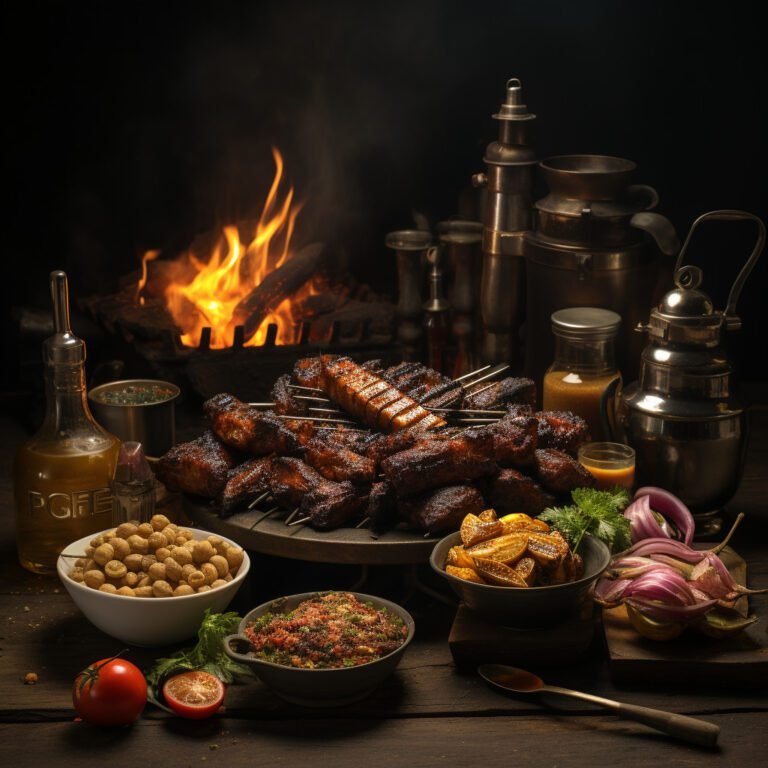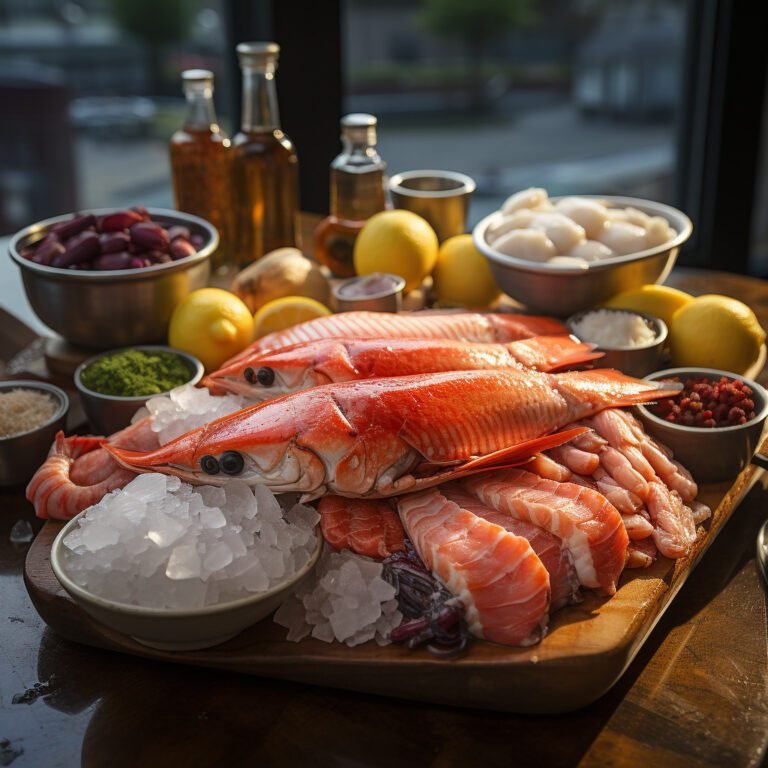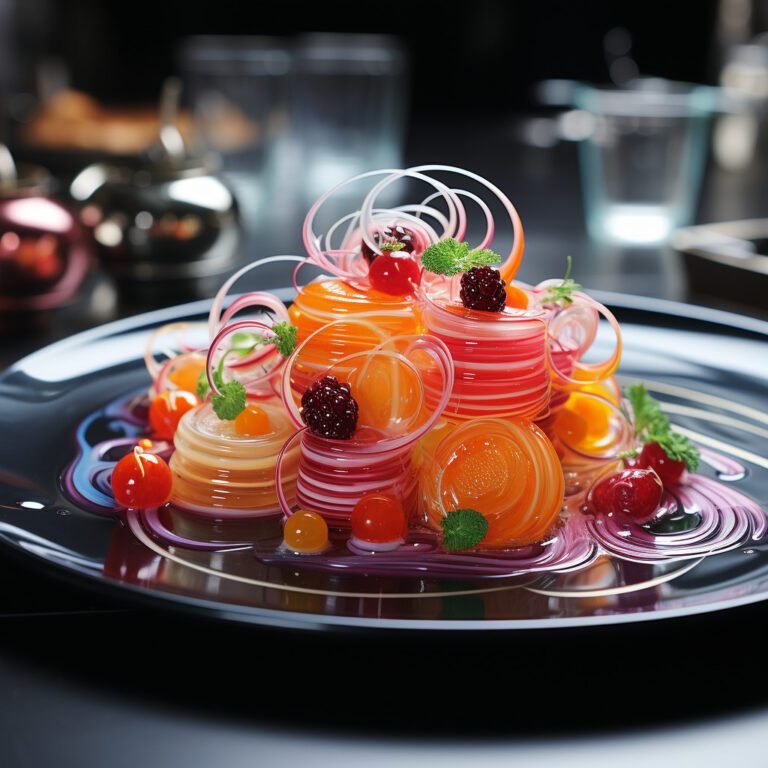Heritage Grains: Rediscovering Ancient Cereal Varieties for Modern Cooking
Introduction to Heritage Grains
As we continue to explore the vast world of gastronomy, we discover new ingredients that are not actually new, but rather forgotten. Among them are the so-called ‘Heritage Grains’, ancient cereal varieties that have been cultivated and consumed by our ancestors for centuries. These grains are now experiencing a resurgence in modern cooking, offering a rich tapestry of flavors, textures, and nutritional benefits.
The Resurgence of Ancient Cereal Varieties
Heritage grains, also referred to as ancient grains, are cereal varieties that have remained largely unchanged over the last several hundred years. Unlike modern grains, which have been selectively bred for high yield and uniformity, heritage grains have preserved their original genetic diversity. This has resulted in unique, robust flavors and a wealth of nutritional benefits, making them increasingly popular among chefs, bakers, and health-conscious consumers alike.
Some of the most popular heritage grains include Einkorn, Emmer, Spelt, and Khorasan wheat (commonly known as Kamut). Each of these grains has its own characteristic flavor, texture, and nutritional profile, offering endless possibilities for culinary experimentation.
Nutritional Benefits of Heritage Grains
Aside from their unique tastes and textures, heritage grains are also known for their superior nutritional qualities. They are generally higher in fiber, protein, and micronutrients compared to their modern counterparts, making them a healthier choice for those looking to improve their diet.
For instance, Einkorn, one of the oldest known types of wheat, is rich in protein and antioxidants, while Emmer, also known as farro, is packed with fiber and minerals like magnesium and zinc. Spelt, on the other hand, offers a good source of vitamin B2, manganese, and niacin, and Kamut boasts a high content of selenium, a mineral known for its antioxidant properties.
Incorporating Heritage Grains into Modern Cooking
With their distinct flavors and nutritional benefits, heritage grains can be seamlessly incorporated into a wide range of dishes. They can be used in everything from bread and pasta to salads, soups, and desserts. In fact, many chefs and bakers are now using these grains to add a new dimension of flavor and texture to their creations.
For example, Einkorn can be used to create a deliciously nutty bread or pizza base. Emmer, with its rich and slightly spicy flavor, works wonderfully in salads or as a flavorful alternative to rice. Spelt, with its slightly sweet and nutty flavor, is perfect for making hearty breads, muffins, and even pancakes. Kamut, known for its buttery and slightly sweet flavor, can be used in a variety of dishes, from pasta to stews and even desserts.
In conclusion, the resurgence of heritage grains is more than just a culinary trend. It is a testament to the timeless appeal of these ancient cereal varieties, their unmatched flavors, and their host of nutritional benefits. So why not give these forgotten grains a try in your next cooking adventure?





